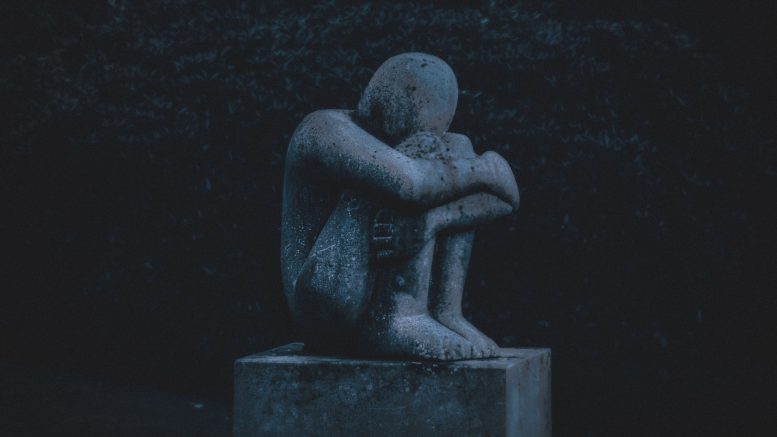Women aged between 16 and 29 are the most likely to experience depressive symptoms, according to new data released by the Office for National Statistics.
The data was collected as part of the Opinions and Lifestyle Survey about the cost of living and depression in adults aged 16 and over from 29 September to 23 October 2022.
It shows that the cost of living crisis is a significant contributing factor to the amount of people with symptoms of depression- which is higher than levels recorded before the pandemic.
What were the main findings?
97% of adults with moderate to severe depressive symptoms said that the main issue the UK is facing is the cost of living. Other problems mentioned by participants included housing, employment and education – all of which were reported more by adults with some form of depression.
9 in 10 adults with some form of depression said that they were somewhat or very worried about the cost of living crisis and how they will financially cope with it.
Adults with below degree level qualifications were more likely to have moderate or severe depressive symptoms compared to those with a degree or equivalent.
Young people aged between 16 to 29 were most likely to experience some form of depression. Over 1 in 3 women in this age group struggled with depressive symptoms, though women of all ages reported more symptoms of depression than their male counterparts.
Katherine, aged 22, was diagnosed with clinical depression and social anxiety when she was 16. She said: “The last few months have been really hard on my finances. It’s making me really worried about how I will be able to get through the winter and it sometimes keeps me up at night. I can’t afford to heat my flat, and the drop in temperature is exacerbating my depressive symptoms.”
These levels could be attributed to a number of factors, including the changing season.
Seb, aged 25, says that his mood is often affected by the weather. He said: “When it gets darker earlier, and there’s less opportunity to get natural sunlight, I often feel low. It makes me want to shut myself away and hibernate until the winter ends.”
Earlier this year, surveys by the Money and Mental Health Policy Institute found that people with mental health problems are nearly twice as likely to say they have been unable to cope with the rising cost of living. Some of its members also said that they can’t afford treatment for their mental health and have been forced to skip sessions.
What are the possible solutions?
In August 2022 an open letter to the government was signed by 17 mental health organisations, calling on the next Prime Minister to support people on the lowest incomes and learn from the effects of previous times of economic hardship on their mental health.
The Royal College of Psychiatrists also called on the government to invest more money in the NHS to deal with strains on the NHS mental health services.
Victoria Prentiss, the current Attorney General, said in September that the government “understands the pressures people are facing with the cost of living”. The government has introduced one off payments to most households to help with the cost of energy bills. It is also working towards improving mental health services in Great Britain and access to them, starting with their development of a 10 year plan for mental health and wellbeing.
The cost of living crisis is affecting the nation’s mental health across all demographics, particularly young people. Uncertainty and concerns about finances are causing more depressive symptoms this winter, highlighting how rising costs aren’t just affecting the weights of wallets.
Check out our Instagram for more on this story…
Words: Yana Trup | Subbing: Andrea Rezman








Be the first to comment on "Mental health unmasked – New data reveals surging post-pandemic depression rates"